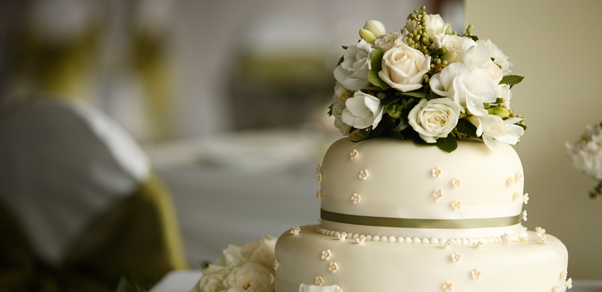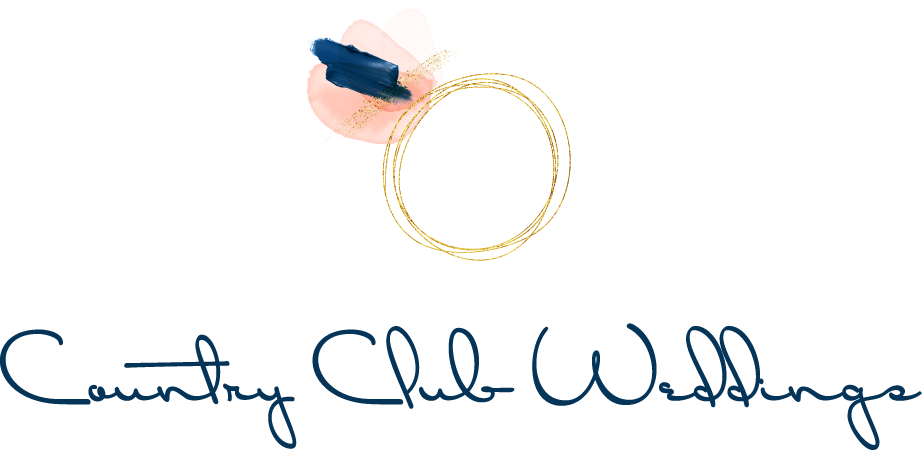I Do Voodoo: Wedding Superstitions and Traditions
27 Jan, 2014

Most of us know at least one person who has recently been married and planned a wedding—many of us know several. The wedding ceremony can be one of the most spiritual and meaningful rituals a couple can experience together, and weddings oftentimes include a myriad of ceremonial traditions and etiquette passed on through generations. Yet have you ever wondered how and why weddings and wedding traditions are what they are?
Who decided that eating a year-old cake was a good idea? Why does the groom stand on the right side of the pulpit, not the left? Is there a perfect time and date to get married? Where did the phrase, "tie the knot" originate? How did the bouquet and garter toss come about?
Whether you call it wedding etiquette, traditions, cultural beliefs, or (my personal favorite) superstitions, I've explored many of these questions and had fun doing it! I know would like to share what I've learned with you!
The Significance of Wedding Dates and Times
Have you ever heard the following wedding rhymes, both of which are widely quoted in wedding books & on the Internet:
Married when the year is new, he'll be loving, kind and true.
When February birds do mate, you wed nor dread your fate.
If you wed when March winds blow, joy and sorrow both you'll know.
Marry in April when you can, Joy for Maiden and for Man.
Marry in the month of May, and you'll surely rue the day.
Marry when June roses grow, over land and sea you'll go.
Those who in July do wed, must labour for their daily bred.
Whoever wed in August be, many a change is sure to see
Marry in September's shrine, your living will be rich and fine.
If in October you do marry, love will come but riches tarry.
If you wed in bleak November, only joys will come,
Remember, when December snows fall fast, marry and true love will last.
Marry in May and you'll live to rue the day
Marry in Lent, live to repent
And this one:
Marry on Monday for wealth, Tuesday for health, Wednesday the best of all, Thursday for crosses, Friday for losses, Saturday no luck at all, and Sunday most popular of all.
Was why May traditionally considered an unsuitable month for marriage? This goes back to Pagan times, when May was the month of hedonistic outdoor festivals that marked the beginning of the summer season. Because of this, it was often thought of as an inappropriate time for newlyweds to begin their life together.
The sun, moon, and seasons have always played a major role in spiritual rituals as they were thought to predict a bride's fertility. For example, to marry when it's a full moon was considered lucky, but not so during a waning moon.
What about specific wedding days? Well, Asian cultures have always held a high respect for numbers. Eight has typically represented prosperity, while four symbolizes death. In Western cultures, thirteen is a bad omen. This preoccupation with dates, times, and seasons even concerned the Romans, who were known for studying pig entrails to determine the most auspicious marriage date.
If you've ever wondered why some ceremonies are held in the evening: another superstition suggests that vows are exchanged when the big hand on the clock moves upwards (5:30 p.m. onward). The upward movement supposedly indicates the willingness to work together and bring blessings to the couple as the minute hand "ascends towards heaven."
The Tradition of "Tying The Knot"
It's a phrase we often hear, but do you know its origins? The Romans were said to have girdled up the bride with a multitude of knots in her wedding gown, and it was the groom's duty on the wedding day to untie her. Celtic custom and some other cultures still partake in hand fastening. Couples' hands are tied together with ribbon, symbolically and actually bonding them together with the eternity knot highlighting their commitment to each other and the marriage.
The Groom on the Right, the Bride on the Left
During the wedding, placing the bride to the left of the groom allowed him to have his right hand free. By keeping his right hand free, the groom could fight off other suitors, and he was able to draw his sword to defend his bride. This was where the Best Man came in, as he was typically the strongest friend that would then also help fight off suitors or relatives that might want the bride back.
The Wedding Cake
The wedding cake originated in Ancient Rome. Wedding guests would break a loaf of bread over the bride's head to encourage fertility. Beautifully tiered cakes became popular in the 19th Century. With the tiered cakes, couples incorporated a game where the bride & groom attempted to kiss over the tiers without knocking the cake down. With large cakes, there were always leftovers, and so it became tradition to save the leftover cake until 9 months later to be reused at a christening party once a baby arrived.
Cutting the cake has always symbolized two people coming together as one, and then eating the cake (as a guest at a wedding) was traditionally done in celebration of this unity, and to wish good luck to the newlyweds.
Ready for a to-go slice? There's also a superstition that if an unmarried man or woman sleeps with a piece of wedding cake under their pillow, they will dream of and discover their future spouse.
Boutonniere, Bouquet, and Garter Toss
During the medieval times, a knight would wear the colors of his lady as he rode into battle. This tradition evolved into one where the groom wore the color of his bride. The history of the bouquet & garter toss is not as romantic. It was considered lucky to obtain a piece of the bride's clothing. To obtain a piece of the gown, the guests would follow the couple into the wedding chamber, and stand around the bed to strip a piece of the bride's gown off her. Brides began to throw their bouquets to distract the guests, and grooms would toss the garter to the assembled guests to prove the consummation of marriage.
The history and evolution of wedding traditions and superstitions is fascinating, especially as we consider how these practices are celebrated today. What is kept and what is changed as we incorporate the old traditions with the modern age highlights how society has evolved itself. Yet no matter what traditions are kept and which are left behind, a wedding continues to be an important ceremony that represents the joining of two individuals who have decided to dedicate themselves to each other.






